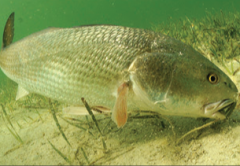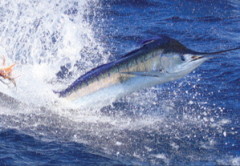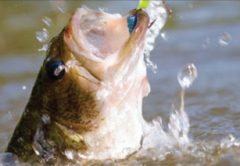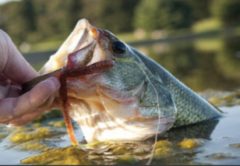The progression of spring on Florida’s Indian River Lagoon Coast results in warmer water temperatures, longer days, and the winds of March. All three of these factors influence our transition into summer patterns, and outstanding fishing.
On the inshore lagoon flats, the silver mullet returns from their winter haunts drawing redfish schools up into skinny water. For the slot redfish, 18 to 27 inches, focus on areas of flipping and jumping baitfish (mullet) in water depths of 12 to 18 inches. Sea trout will continue to hold in the skinny water potholes, and the top-water sea trout bite will improve as the warmer water draws the baitfish up on the flats.
Near-shore, temperature increases will facilitate the progression of bait pods (menhaden or pogies) from the deeper water into the near-shore waters bringing the predators with them. Sea conditions will determine the number of fishable days we’ll experience in March. Also, look for tripletail hanging on floating structure and weeds and large redfish and sharks shadowing bait pods along the beaches and inlets around mid-month. When site fishing for cobia and tripletail, consider fishing in the latter part of the day when the sun is high as the water is warmer and visibility is better.
On the freshwater scene, spring rains increase water levels on the St Johns River. These rising waters and increased current trigger feeding frenzies at first light and dusk in the deeper river bends. Look for schooling largemouth and sunshine bass busting on surface schools of shad and large catfish working the schools from underneath.













